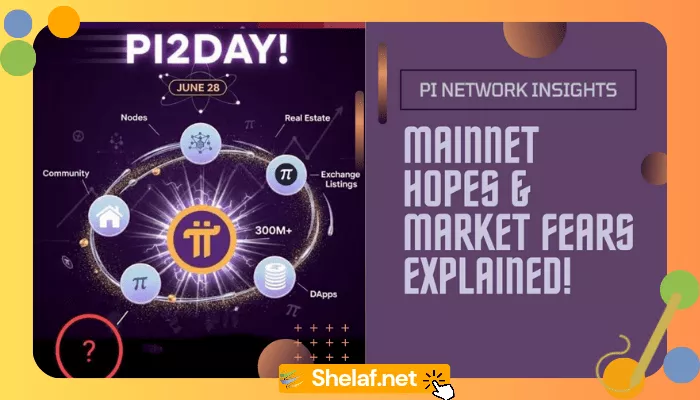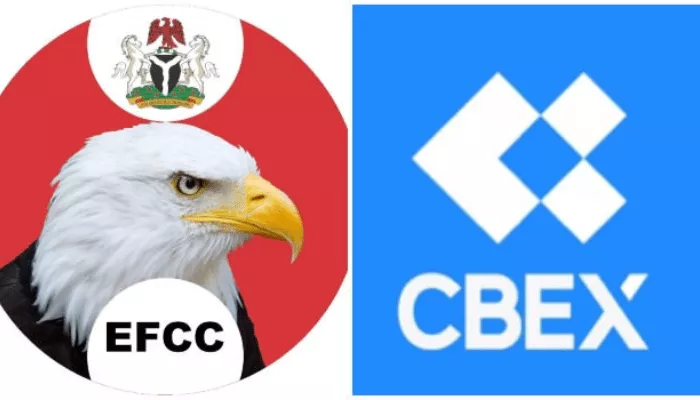Few crypto projects stir up as much debate as the Pi Network. As its key annual event, Pi2Day, arrives on June 28, the project is facing a make-or-break moment. For its millions of users, or “Pioneers,” this could be the day years of mobile mining finally pay off. For everyone else, it’s a test of whether Pi can evolve from a social experiment into a real, functional blockchain.
The excitement is running high, mostly because of a long-awaited breakthrough in the project’s tedious KYC process. But that optimism is bumping up against harsh market realities: the Pi IOU token’s price has plummeted, and a huge token unlock is waiting right around the corner in July. The hype is real, but so are the risks.
Contents
What is Pi2Day, really?
Pi2Day on June 28 isn’t just a random date—it’s a nod to the mathematical constant Tau (2pi or 6.28). What started as a clever anniversary has become the traditional day for the Pi Core Team to drop its biggest news.
They have a history of using the day for major announcements, and after committing to a 2024 Open Mainnet launch, this year feels different. The community isn’t just hoping for updates; they’re expecting results.
The KYC Bottleneck: Is the Logjam Breaking?
For Pi Network, Open Mainnet has always had one giant roadblock: KYC. Getting millions of global users verified is a monumental task, and for years, countless Pioneers have been stuck with a “pending” status. It’s been the project’s single biggest source of frustration.
But just ahead of Pi2Day, that seems to be changing. Suddenly, community channels are flooded with reports from users who are finally getting approved. The cause appears to be a new “KYC sync” feature that better connects the Pi Browser to the main app, clearing out long-stuck applications. While it’s not an official “mission accomplished” from the Core Team, the progress is undeniable. If this holds, it means millions of users could be ready for the mainnet, providing the active nodes the network desperately needs.
What Could Be Announced on Pi2Day?
With KYC seemingly getting solved, speculation about other announcements is rampant.
A Clear Path to Open Mainnet? Everyone wants a straight answer on the Open Mainnet timeline. Beyond KYC, the Core Team set two other conditions: a healthy ecosystem of dApps and “favorable market conditions.” Any news that clarifies what “favorable” means or showcases real utility would be a massive step forward.
Beyond PiFest: A Push for Real Apps PiFest showed that users are willing to use Pi for real-world transactions. The next logical step is to empower developers. The community is hoping to see new SDKs or even a grant program to encourage the creation of dApps that go beyond simple payments.
The Constant Buzz About Exchange Listings The rumors about a Binance or HTX listing never die down. But the Core Team’s stance has been firm: no official listings while the mainnet is still enclosed. The “Pi” trading on those exchanges is just an IOU, a placeholder with no connection to the real thing. The strategy is to build a functional network first, not a speculative token. While a surprise listing is doubtful, people will be listening for any hints about a liquidity strategy after the mainnet opens.
A Sobering Reality: Market Headwinds
Despite the internal progress, the project has to survive in the wider crypto market, which has been brutal.
The July Token Unlock A massive threat looms for July: 268.4 million Pi tokens are set to unlock. This is the largest scheduled release until late 2027. In any market, flooding it with new supply puts heavy pressure on the price. In today’s climate, it could be a major problem.
A Look at the Charts You can see the risk priced in already. The Pi IOU token has plummeted nearly 70% since May and is down over 82% from its all-time high, recently posting its weakest weekly close ever. A small, pre-event bounce doesn’t change the grim bigger picture.
On-Chain and Macro Data On-chain data tells a similar story. The supply of Pi tokens on exchanges like Gate.io and Bitget is rising, suggesting holders are moving coins to a position where they can sell. Add to that the pressure on the entire global crypto market from shaky economic factors, and it’s clear Pi’s launch will be happening in turbulent waters.
The Road Ahead: AI and Global Growth
Looking past the immediate drama, there are interesting long-term signals. Co-founder Dr. Nicolas Kokkalis’s appearance on an AI panel at the Consensus conference got people talking. Integrating AI for things like dApp development or smart contract audits could be a powerful future move.
At the same time, Pi’s real strength has always been its global user base. A major win on Pi2Day would be opening up KYC to more users in developing regions across Africa, Latin America, and Asia. Tapping into these active communities is fundamental to Pi’s original vision.
Conclusion: A Tightrope Walk
So, Pi2Day isn’t just another corporate anniversary. The core team is walking a tightrope, balancing the massive hopes of their community against a hostile market.
The KYC breakthrough is a huge win and breathes life back into the Open Mainnet promise. If they follow it up with real substance on developer tools and a clear roadmap, they could turn the tide. But they can’t ignore the market downturn or the massive token unlock coming. Whether they can pull it off is the question on everyone’s mind.











